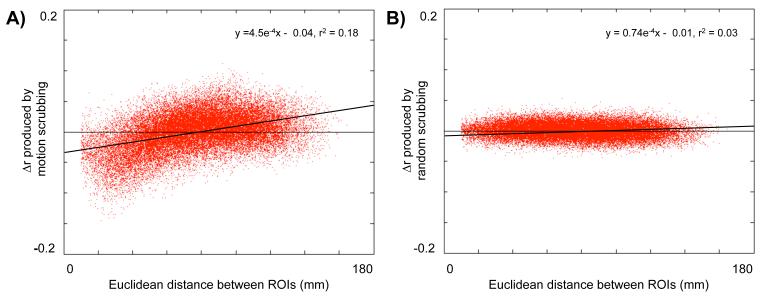Figure 5. Scrubbing high-motion frames from rs-fcMRI data decreases short-distance correlations and augments long-distance correlations.
(A) Within the 22 subjects of Cohort 1, 264 ROIs were applied to scrubbed and unscrubbed data to produce two 264×264×22 correlation matrices. The unscrubbed matrix was subtracted from the scrubbed matrix and then averaged over subjects to produce a difference matrix (Δr). The values of this matrix are plotted as a function of the Euclidean distance between ROIs. Scrubbing high-motion frames from the data substantially decreases short-distance correlations and increases medium- to long-distance correlations. (B) To demonstrate that these effects arise from the removal of high-motion frames and not frame removal in general, the number of frames and the size of contiguous chunks of removed data were calculated for each subject, and identical sized chunks of data and numbers of frames were removed at random from each subject’s data. Difference matrices were calculated as in (A), and data are presented after (A). This process was repeated 10 times with similar results. Motion scrubbing has a much greater impact upon Δr values than random scrubbing (paired two-tail t-test: t = 305; p = 0). Linear fits are plotted over each dataset, demonstrating a relationship between distance and Δr when motion-targeted scrubbing is performed (r2 = 0.18), but not when random scrubbing is performed (r2 = 0.03).

